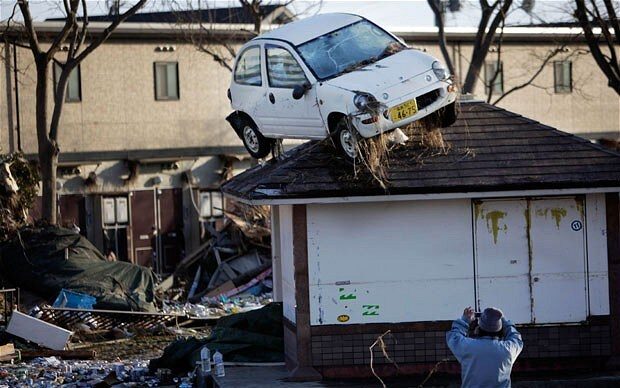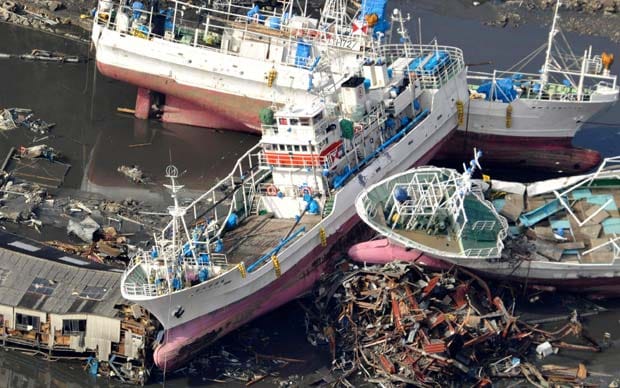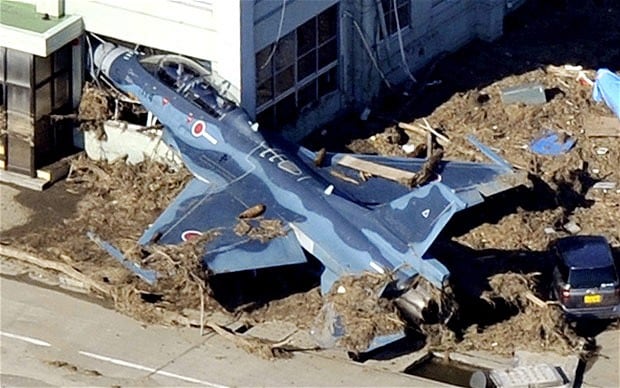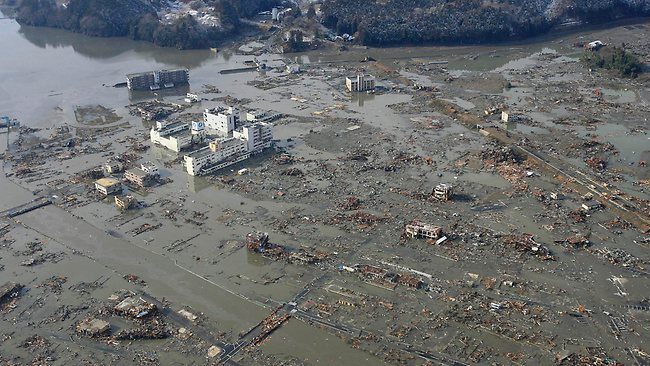Yes, containment buildings must be largely ornamental, much like faux crenelations on country mansions, to satisfy popular taste in style.
Since I am detecting sarcasm levels slightly higher than background levels, I feel compelled to reply.
I used the the word largely, and I am of course speaking of the bigger picture. Clearly, a relatively big explosion at a nuclear facility is less than ideal. However, I am talking in terms of the large scale implications of this. The reason people are worried about this, is because they are worried about the association with explosions at nuclear power plants and the Chernobyl disaster.
The Chernobyl explosion was a result of a reactor meltdown and a pretty spectacular meltdown at that, the explosion here at Fukushima is not a result of a meltdown, and because of this, the damage to the building is not important compared with potential damage to the reactor. In the scheme of things, a reactor meltdown would have far graver implications for the local, national and perhaps even global area.
To put it into perspective, the giant fireballs at oil refineries, probably pose a greater health risk to those in the local area, than the radiation discharged in this explosion, yet the nuclear plant explosion gets significantly more coverage, because its a nuclear power plant.
The only reason you would be particularly concerned about this explosion, is if you thought it may have damaged the integrity of the reactor, but since it has been confirmed that it hasn't, you might expect the news channels to stop showing the explosion every 5 minutes.
The main concern is how effectively engineers can cool the reactor, although there is not much news on this currently. I certainly wouldn't want to downplay the severity of the situation, I am just questioning why reports want to focus on the explosion (after its been deemed relatively safe), rather than the engineers cooling efforts, of which a lot is still at stake.
The engineers and plant workers definitely deserve a lot of credit. They are working in very dangerous conditions to prevent a potentially large scale disaster.
I think that such a focus is justified, of course the other current issues are extremely important but if this reactor goes to full meltdown it could kill more people over the next 50-100 years than were killed just by the earthquake and tsunami. Most things can be rebuilt, radiation you pretty much can never get rid of and it will go on silently affecting people.
Yes but from what I am seeing, a large proportion is on an explosion which happened some time ago, an explosion that is largely inconsequential in terms of the potential disaster of a full reactor meltdown.
People look at the TV and see an explosion at a nuclear facility and panic, because the majority of people do not understand the implications of it, and assume it to parallel the Chernobyl explosion. The reality is that the situation there seems to be largely under control, and there are no major health risks associated with that explosion. I would like to see the news focus on the engineers efforts to cool the reactor, rather than repeatedly showing me the explosion because its dramatic.
An expert on CNN said that even if the reactor disaster ends now in its current state it would be one of the 3 worst nuclear disasters in history.
The CNN experts analysis, conflicts with the atomic agencies (?) assessment of the situation. It is currently a level 4, and will remain at level 4 unless a meltdown occurs. There have been a good number of incidents in the past which have been level 5 or higher, so as of now the Fukushima 'disaster' is not the 3rd worst nuclear disaster in histroy (of course, it still has the potential to be assuming a meltdown occurs). Of course, I'm not entirely surprised to see an 'expert' on CNN 'hyping' up the situation.






